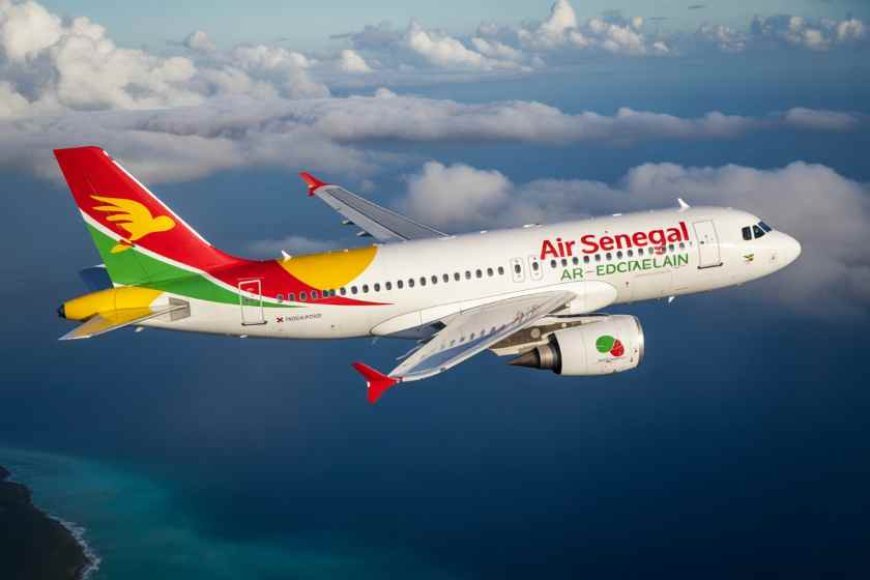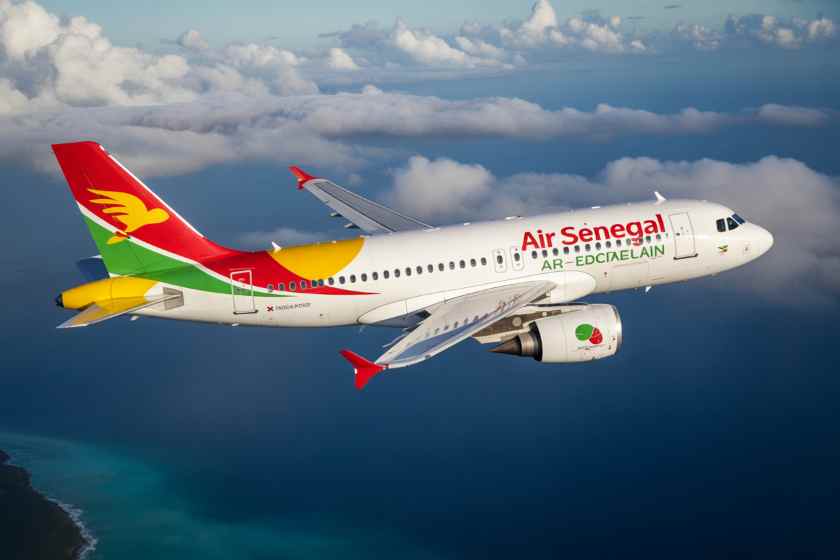Air Senegal Now Faces Operational Struggles Amid Fleet Issues, Exposing Regional Weaknesses


Air Senegal, Senegal’s national airline, is grappling with a serious fleet crisis that has pushed it to lease a Boeing 767-300ER from euroAtlantic Airways in Portugal to cover the key Dakar-Paris route. While the 767 keeps the service running, it also reveals how fragile fleet planning is in West African aviation; the grounding of one plane here can ripple through the entire route network and hit finances hard.
The crisis is deepened by the postponed return of the carrier’s second Airbus A330neo, now scheduled for late July 2025 instead of the earlier date. With only one widebody in service, Air Sénégal is boxed in by limited seat availability and reduced route options. This predicament is a growing pain for African airlines, many of which operate small fleets and lack the spare aircraft that could buffer against such shocks while still meeting international travel demand.
Fleet Limitations Cause Capacity Reductions
Air Sénégal’s A330neo grounding is a big problem for both the airline and its travelers. The airline is now using a Boeing 767-300ER charter that holds 218 seats across three classes. The A330neo has 234 seats, giving the 767 a 6.8% drop in capacity. Spread over a year, that means around 5,840 fewer seats on the Dakar-Paris route, landing the airline close to a €2 million revenue hit. This is a tough squeeze for African travel agents trying to book clients on the busy route, especially when the airline’s capacity is already tight.
The grounding is also piling on stress for Air Sénégal, which has already trimmed its international network. For 2024, the airline pulled out of markets like New York JFK, Milan Malpensa, and Barcelona. Now Paris is the only European stop, making smooth, dependable service on that route a must. The Dakar-Paris leg is the lifeline that connects West Africa to the rest of Europe, so any hiccup can ding Air Sénégal’s income and limit travel options for its passengers.
Strategic Network Consolidation and Its Market Impact
Air Senegal is trimming its wings: limited planes mean the airline will stop flying to seven international destinations by 2024. Smoothing out the schedule is easier now that there are fewer flights to juggle. But it also puts Air Sénégal at a disadvantage against larger global airlines and regional carriers with wider “Europe-bound” choices. For African travel pros, that mix delivers both hiccups and openings. Yes, there are now fewer paths for travelers, so clients have less to pick from. But concentrating on the Paris route could mean more planes, better timetables, and maybe nicer cabins, once the airplane shortage eases.
The focus on Paris is meant to steady schedules on the routes Air Sénégal will keep. At the same time, it makes the airline more open to surprises, whether that is a bump in France-Senegal politics or a dip in visits to France. Rivals with wider choices to Europe could now lure away passengers who once routed through Dakar, nibbling away at Air Sénégal’s piece of the pie.
Maintenance Challenges and Operational Vulnerabilities
The situation is worsened by the ongoing grounding of Air Sénégal’s second A330neo, still in Europe for maintenance. Airlines in Africa, especially those with smaller fleets, struggle to keep modern planes in the sky. Specialized repair hangars, mostly in Europe or the Middle East, lead to long waiting times that smaller airlines like Air Sénégal can’t easily handle. This problem is not unique to one airline; it is a broader industry challenge across the continent, where few local shops can service the latest, more complicated jets.
Financial trouble adds to the airline’s headaches. Air Sénégal’s unpaid bills to key suppliers, including Rolls-Royce the engine maker for its A330neo jets are slowing down repair work and dragging out the aircraft’s grounding. This financial squeeze creates a damaging loop: fewer planes in service lead to lower revenue, which makes it harder to pay for scheduled maintenance, further hurting flight reliability. The airline’s weakened ability to keep a dependable fleet is eroding its position in the more competitive global aviation market.
Charter Solutions Provide Temporary Relief but At a Cost
Teaming up with euroAtlantic Airways for charter flights is only a quick fix. The good news is the Boeing 767-300ER gets us between Dakar and Paris just fine. The not-so-good news is that we’re not using the aircraft to its full abilities; we’re only sipping 37.4% of its maximum range. When we rely on charters, we end up paying a premium, surrendering schedule flexibility, and losing a grip on the service quality. Passengers end up confused over what’s included, whether their loyalty points count, and whether the overall travel experience meets their expectations.
For travel pros across Africa, the key is clear and consistent messaging. Let clients know that charter flights can change, which is especially tricky for group and corporate bookings where service consistency and aircraft type are crucial.
Financial and Competitive Pressures on Air Sénégal
When airlines face fleet disruptions, the damage goes beyond the obvious lost fares. Carriers lose the extra revenue from baggage fees, seat selection, and onboard sales that typically pad profits. Charter services are especially vulnerable. They lock in heavy upfront expenses and minimum flight guarantees, meaning cash flow problems deepen just when an airline is already hurting. Travel agents might also feel the pinch; if Air Sénégal’s finances tighten, expect lower commission rates and stricter payment terms on the bookings we make.
At the same time, the regional route map is getting crowded. European low-cost carriers are landing in West Africa, while local airlines fight hard for the thin stream of travelers. Air Sénégal already trimmed its schedule, and that weakens its competitive muscle. The airline is now even more dependent on the Paris link for its bottom line. Fixing the fleet mess fast is the only way to stop further market-share bleed.
Conclusion: The Need for Fleet Stability in African Aviation
Air Senegal’s current fleet problems reveal the wider uncertainties West African airlines confront in keeping their services rich and reliable. When the number of usable planes is low and charter rates are climbing, the weakness quickly multiplies. For African carriers, smart fleet choices, strong maintenance networks, and solid finances are no longer optional; they are critical for thriving beyond the continent. Air Senegal’s struggles highlight why nations must share resources, improve airport and maintenance hubs, and keep putting money into the sector. Only then will African aviation stay strong and keep expanding.
The post Air Senegal Now Faces Operational Struggles Amid Fleet Issues, Exposing Regional Weaknesses appeared first on Travel And Tour World.






